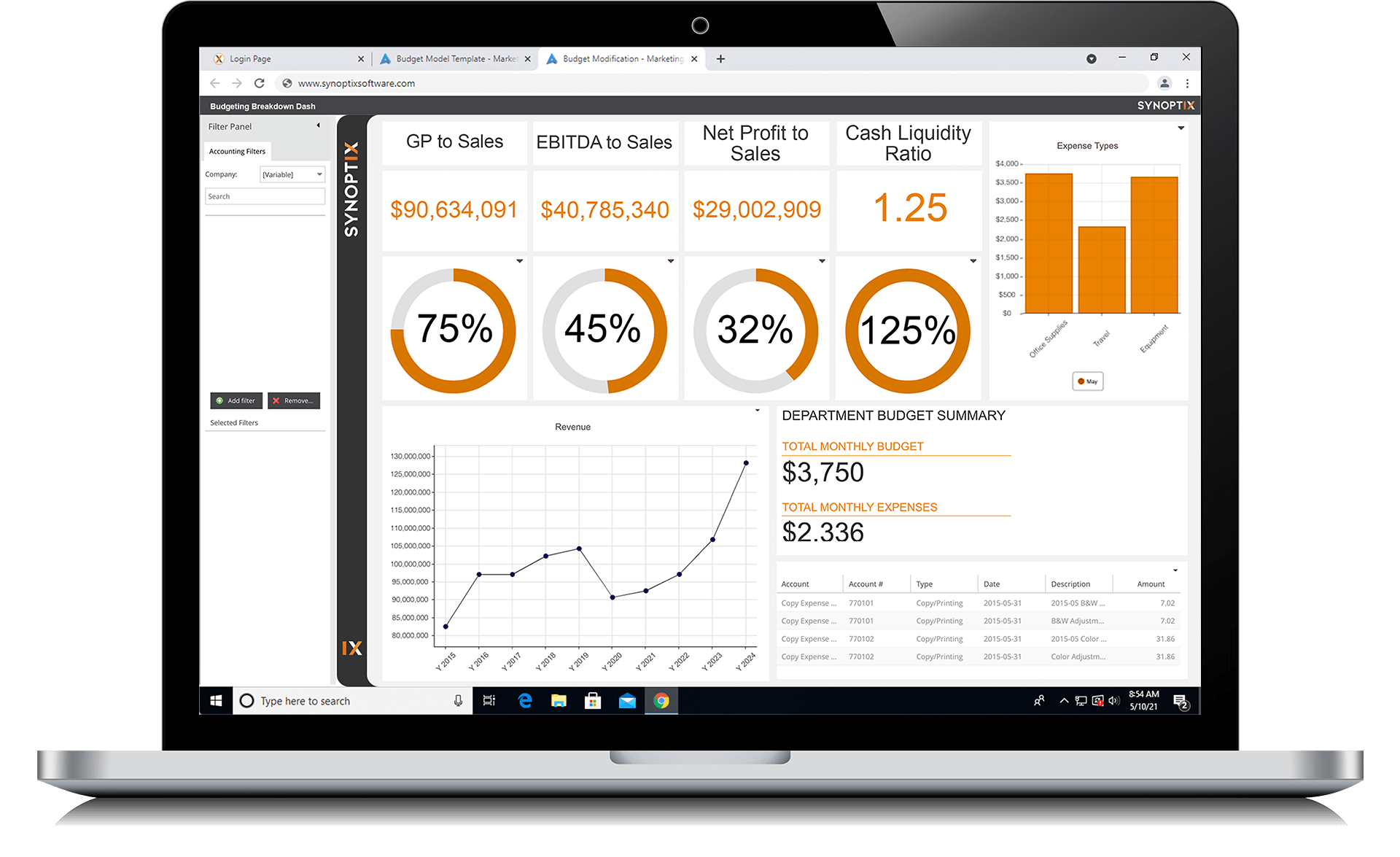Financial reporting is the backbone of effective financial management and decision-making in any organization. Accurate, timely, and comprehensive financial reports provide critical insights into a company’s performance, allowing stakeholders to make informed choices. To achieve mastery in financial reporting tools, organizations rely on a variety of essential tools and software solutions. In this guide, we’ll explore these tools and their roles in streamlining the financial reporting process.
- Accounting Software:
– Accounting software is the cornerstone of financial reporting. Widely used platforms like QuickBooks, Xero, and Sage help organizations record financial transactions, manage accounts, and generate essential financial statements, such as balance sheets, income statements, and cash flow statements.
- Enterprise Resource Planning (ERP) Systems:
– ERPs like SAP, Oracle, and Microsoft Dynamics provide integrated solutions for financial management. These systems consolidate financial data from various departments, ensuring consistency and accuracy in reporting.
- Financial Reporting Software:
– Dedicated financial reporting software, such as Tableau, Power BI, or IBM Cognos, goes beyond traditional spreadsheets. It allows organizations to create dynamic, interactive reports with visualizations that facilitate data-driven decision-making.

- Spreadsheet Software:
– Spreadsheets like Microsoft Excel remain indispensable for financial professionals. They enable data analysis, complex calculations, and the creation of custom financial reports.
- Cloud Accounting Software:
– Cloud-based accounting platforms like QuickBooks Online and FreshBooks offer real-time access to financial data from anywhere with an internet connection. They simplify collaboration and support remote work, enhancing flexibility.
- Financial Consolidation Software:
– For enterprises with multiple subsidiaries or international operations, financial consolidation software automates the process of combining data from different entities to produce consolidated financial reports.
- Data Analytics Tools:
– Data analytics tools like Python, R, and specialized financial analytics software help organizations extract deeper insights from financial data. They assist in trend analysis, anomaly detection, and forecasting.
- Regulatory Reporting Solutions:
– Industries subject to specific regulations benefit from regulatory reporting software. These tools ensure compliance with reporting requirements, automate report generation, and reduce the risk of errors.
- Artificial Intelligence (AI) and Machine Learning (ML):
– AI and ML technologies analyze large datasets to uncover hidden patterns, predict financial trends, and enhance the accuracy of financial reporting.
- Financial Modeling Software:
– Financial modeling software, such as Quantrix or Microsoft Excel with advanced add-ins like Solver, supports financial modeling, budgeting, and scenario analysis.
- Data Integration Platforms:
– Data integration tools connect disparate data sources and systems, enabling the seamless flow of financial data. They minimize manual data entry and enhance data accuracy.
















